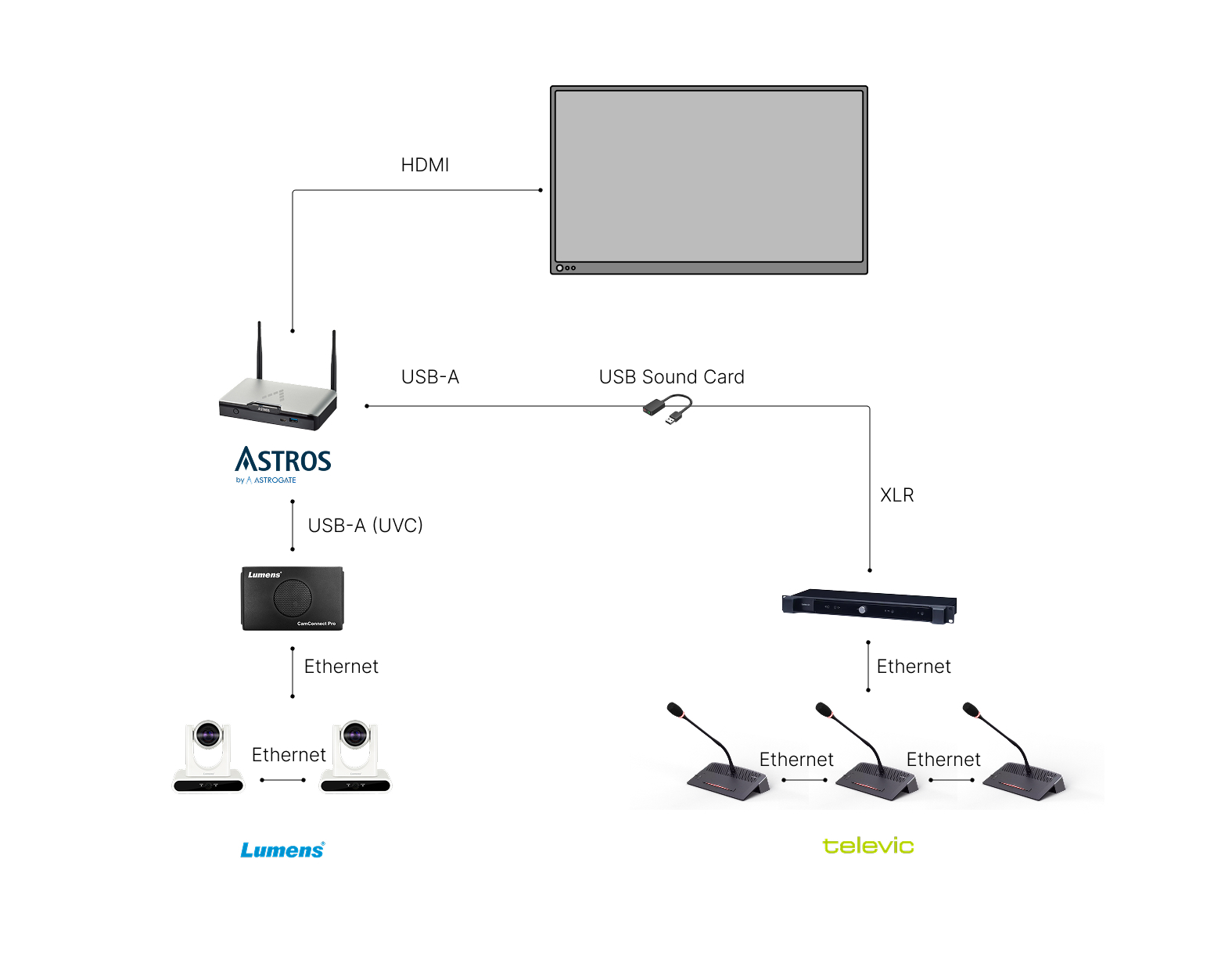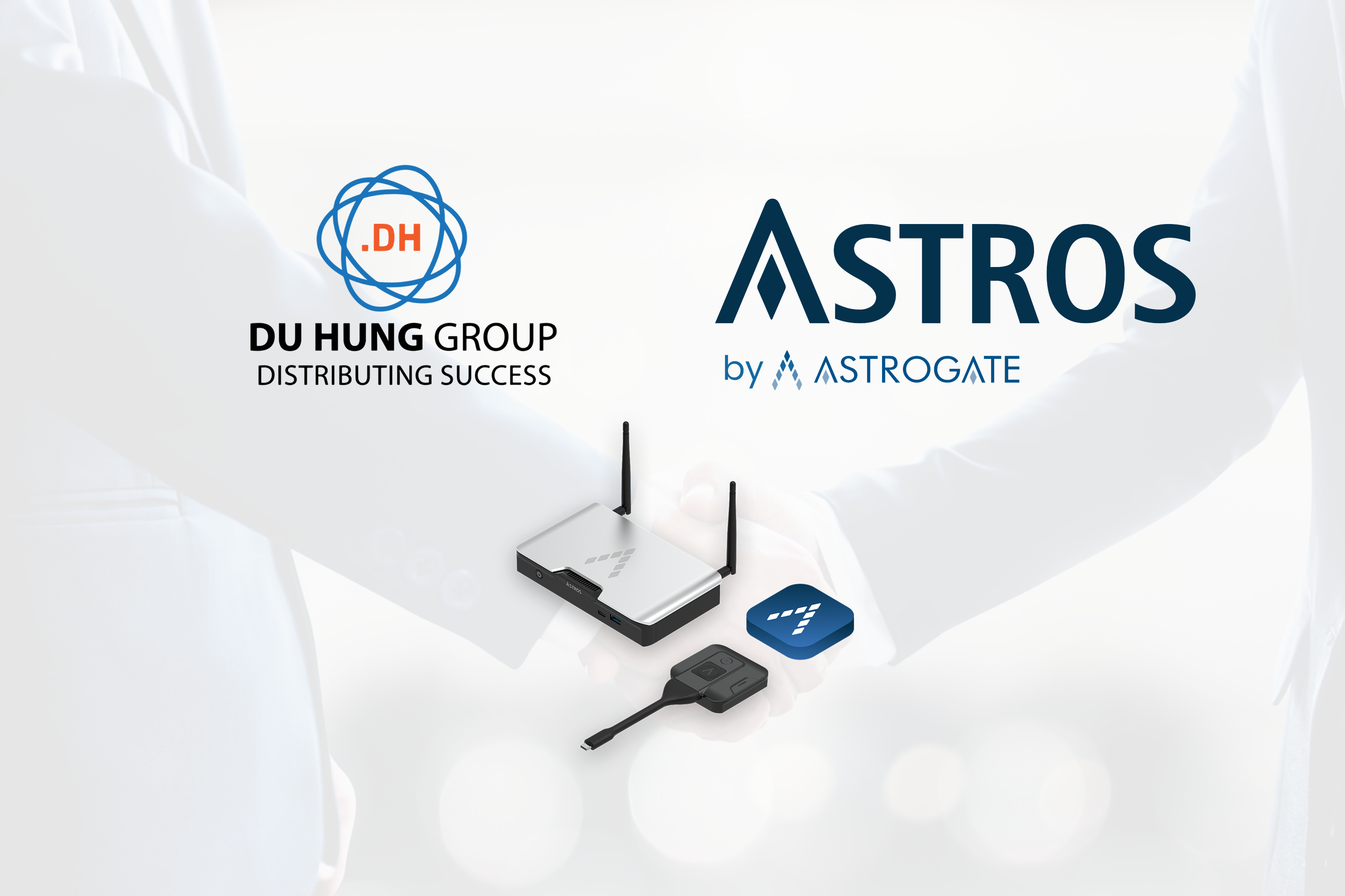Astrogate x Televic x Lumens: Collaboration & Integration for Smarter Meetings
Integrated Audio and Visual, Smarter Meetings Happen
2 min read
 Astrogate
7/1/24 12:30 PM
Astrogate
7/1/24 12:30 PM

With the rise of remote work, many employees experience meeting fatigue—exhaustion, stress, or burnout from excessive video conferencing. Stanford researchers identify four main causes:
Intense Close-Up Eye Contact: Continuous staring at screens is mentally taxing.
Self-View Fatigue: Seeing yourself on video constantly increases stress.
Reduced Mobility: Video calls limit natural movement.
Increased Cognitive Load: Managing multiple video feeds and discussions requires extra mental effort.
While meetings are essential for collaboration and decision-making, too many or poorly managed meetings can drain energy and reduce productivity. Here are 7 practical tips to overcome meeting fatigue.
Review agendas and determine if your presence is essential. Politely decline meetings that don’t require your input, and consider joining only the relevant sessions. For recurring meetings, periodically evaluate their necessity and attendance.
Keep meetings concise by providing a clear agenda and estimated times for each topic. Remove non-essential items and set a strict end time to maintain focus. Shorter meetings reduce mental fatigue and improve engagement.
Invite only essential participants. For team members who only need updates, send meeting minutes instead of requiring their presence. Smaller groups often lead to faster decision-making and more productive discussions.
Schedule uninterrupted work periods to focus on deep work. For example, reserve 2–3 hours daily as “Do Not Disturb” time and communicate it clearly to your team. This helps protect focused work from meeting interruptions.
Short pauses between meetings help reduce stress and improve productivity. Use techniques like the Pomodoro Method (25 minutes of work, 5-minute break) to recharge and maintain focus.
If visual presence isn’t required, use audio-only participation. This reduces visual fatigue. For those who prefer cameras on, virtual backgrounds or blurring can help minimize distractions.
Acknowledge your feelings and focus on controlling your reactions rather than others’. Mindfulness, deep breathing, or meditation can help you stay calm during high-pressure meetings.
Use tools like Slack, Microsoft Teams, Trello, or Asana to allow team members to respond at their own pace. Asynchronous updates reduce the need for real-time meetings and free time for deep work.
Define objectives and desired outcomes before scheduling. If goals can be achieved via emails or collaborative documents, consider skipping the meeting. Clear objectives keep discussions focused and productive.
Outdated conferencing tools can add unnecessary stress. ASTROS wireless presentation systems streamline meetings by enabling seamless content sharing, reducing technical disruptions, and enhancing overall efficiency. ASTROS supports hybrid work by allowing participants to wirelessly present from Windows, macOS, Android, or iOS devices, making meetings smoother and more engaging.
Encourage employees to set boundaries, respect working hours, and prioritize well-being. A culture that supports work-life balance reduces overall stress and improves productivity.
By implementing these 7 tips and additional strategies, you can regain control of your workday, reduce meeting fatigue, and boost productivity. Combining good meeting practices with reliable technology like ASTROS wireless presentation solutions ensures smoother, more efficient, and less stressful meetings—whether in-office or remote.

Integrated Audio and Visual, Smarter Meetings Happen

Astrogate is proud to announce an important milestone in our global expansion — the appointment of IOTSPACE as our new Regional Partner in Korea.

[Taipei, Taiwan – September 2025] – Astrogate Technology, a leading provider of wireless presentation and conferencing solutions, is proud to...